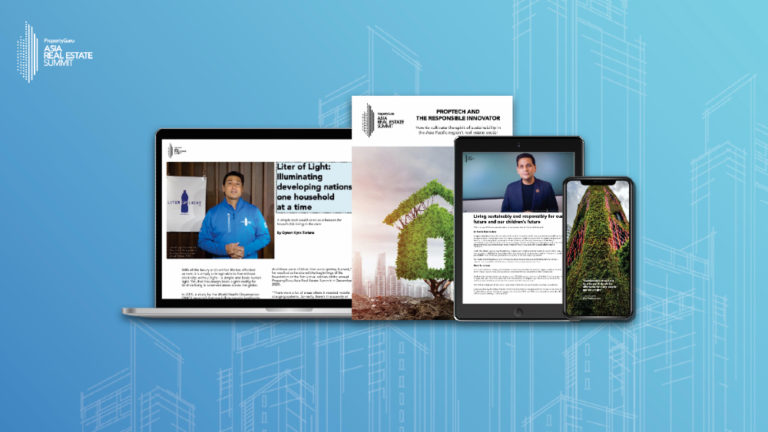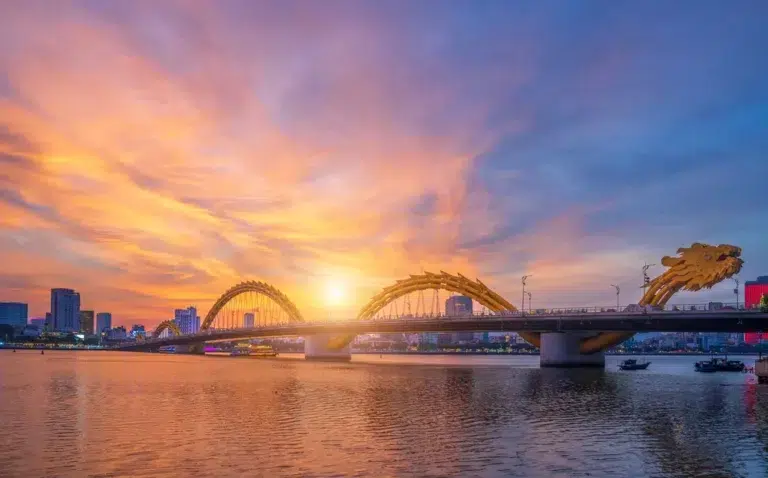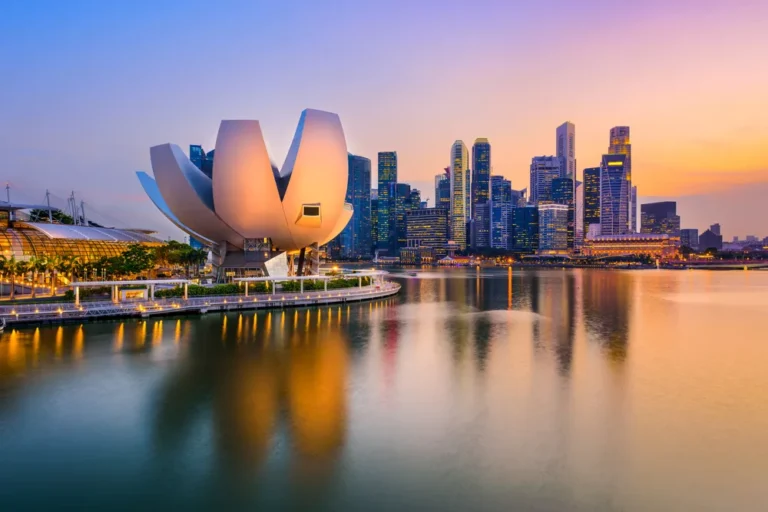Rethinking Bangkok’s skyline with safety, trust, and resilient design
Concerns over Bangkok’s seismic safety in the wake of the recent Myanmar earthquake have prompted a shift toward low-rise developments, stricter scrutiny, and a reckoning with the city’s vertical future
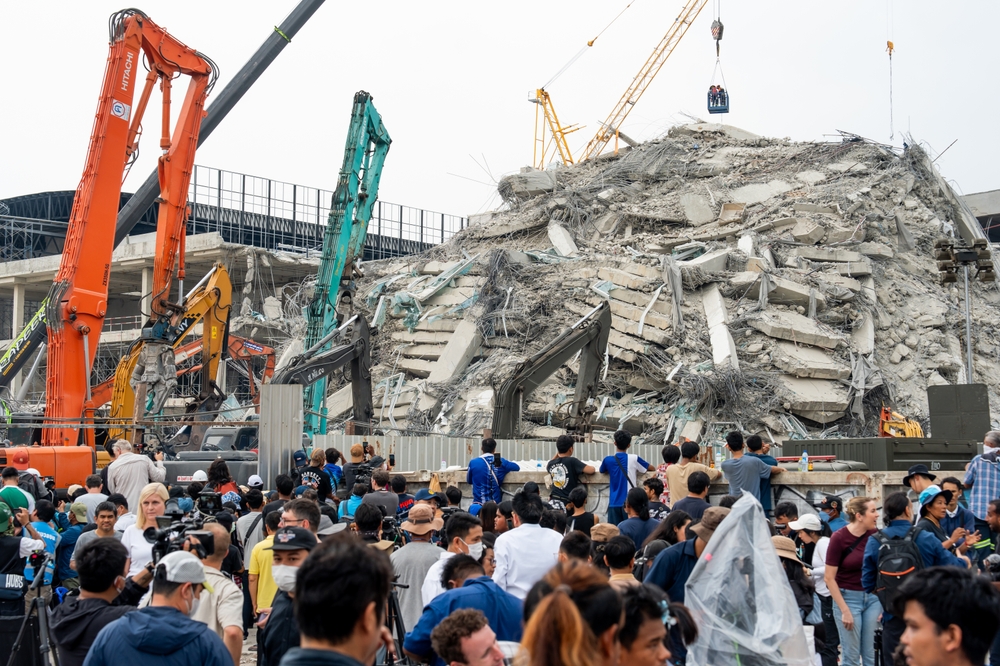
When a 7.7-magnitude earthquake struck eastern Myanmar in late March, more than 500 kilometres from Bangkok, the tremors reached the Thai capital with alarming force. It was the strongest quake the city had felt in nearly 70 years.
In Chatuchak district, a high-rise under construction collapsed, killing dozens. Other towers swayed, ceilings cracked, and residents fled in panic. Videos of the trembling skyline spread quickly on social media, reigniting fears over structural safety.
For decades, Bangkok has risen skyward atop a problem few can see. Home to around 11 million people, the city rests on deep layers of marine clay that amplify seismic waves, even from distant epicentres. That geological quirk means tremors originating hundreds of kilometres away can still strike with unnerving power.
Engineers have long warned about the risk. Speaking at a post-quake forum hosted by the Bangkok Post and Chulalongkorn University, Professor Amorn Pimanmas, president of the Thai Structural Engineers Association, offered a blunt assessment: “This fault is a steadfast neighbour we cannot wish away; our only certainty is its persistence.”
We need a seismic code that explicitly accounts for Bangkok’s soft clay and the long-period waves that threaten high-rises
While Thailand introduced earthquakerelated building codes in 2007, many towers across Bangkok were built before seismic resilience became standard. These include mid-rise and high-rise structures that now house thousands.
The collapse of the State Audit Office building in Chatuchak served as what Amorn called an “unintentional test” of Bangkok’s structural safety. The outcome has reinforced calls for inspections and retrofits, especially in the city’s ageing, mid-tier building stock.
“Many of these older buildings lack essential seismic safety features, from adequate lateral force-resisting systems to dynamic soil amplification considerations,” says Dr. Chaivut Saengaram, COO of Chuchawal-Royal Haskoning. “Retrofitting will be key, but we also need a seismic code that explicitly accounts for Bangkok’s soft clay and the long-period waves that threaten high-rises.”
That shift in perception has already translated into increased demand for low-rise condominiums, townhouses, and detached homes, particularly in outer Bangkok. Suburban projects once prized for space and affordability are now increasingly perceived as safer alternatives.
Developers have adapted swiftly. In the wake of the quake, many have shifted focus toward low-rise formats, suburban launches, and projects that emphasise engineering credibility.
“Buyers have shown a stronger preference for low-rise developments,” says Marciano Birjmohun, managing director of Bangkok-based real estate consultancy Marciano Advisory. “This is now the bestselling residential asset class in Bangkok and its vicinity.
Rather than treating this as a shortterm adjustment, many developers are rethinking their long-term strategies. Some have shelved or delayed vertical projects altogether, according to local brokers and planning consultants. Others are pivoting toward build quality and transparency. Trust has become a central concern.
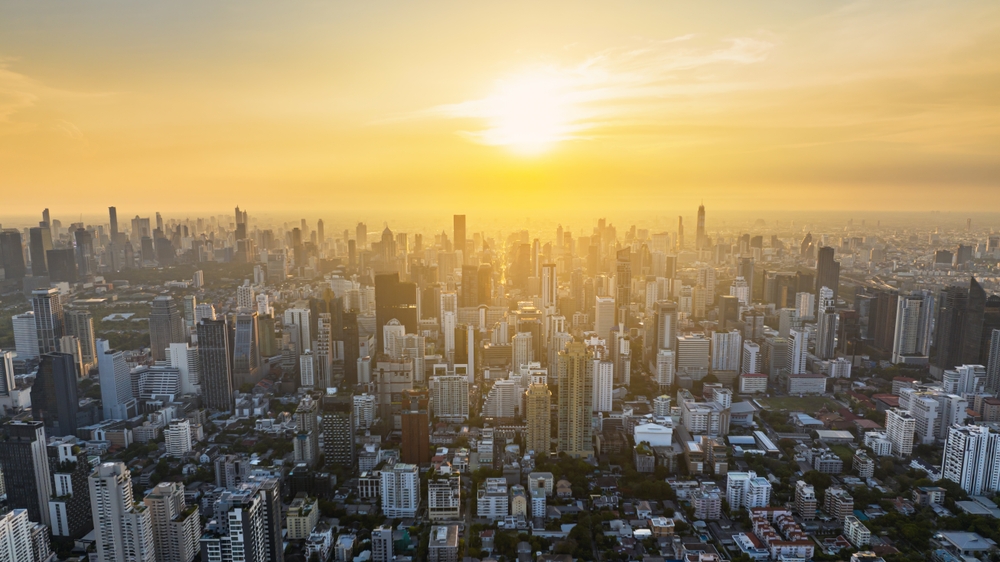
“Buyers still question what seismic measures were put in place during the EIA process,” Birjmohun explains. “It’s not just about location anymore. It’s about trust.”
Buyer confidence in many high-rise offerings, particularly in the low-to-midmarket bracket, has visibly softened. Several post-2019 towers have shown signs of structural damage, and some developers have leaned on public relations efforts to downplay the extent of the issue.
“Some modern high-rises prioritise efficiency and cost-optimised design, but that can lead to flexibility in structural systems, especially when post-tensioned slabs are used without adequate seismic detailing,” Chaivut adds.
Institutional investors, meanwhile, have responded with measured scrutiny. While most Thai REITs maintain limited exposure to residential assets, the quake has heightened interest in value engineering, risk mitigation, and long-term resilience across portfolios.
Insurers are also reassessing risk models for high-rise buildings, particularly older or mid-tier stock. According to regional brokers, some policies now exclude earthquake cover or carry significantly higher premiums.
“It’s a wake-up call,” Birjmohun adds. “Mother Nature is unpredictable. It’s better to prevent than to cure.”
As developers and investors adjust course, a deeper conversation is emerging about what kind of city Bangkok wants to be. Long celebrated for its skyline, the capital’s vertical identity is now under renewed scrutiny.
A survey by the Thai Real Estate Research and Valuation Information Center of 37 high-rise projects in quake-affected zones found that April sales dropped to just 1.3 percent of available inventory, down from 1.6 percent in the first quarter. Kasikorn Securities, meanwhile, forecasts a 50 percent plunge in condo transfers across Greater Bangkok in 2025, with the earthquake cited as a key factor.
The decentralisation already visible in buyer demand may mark the start of a broader rebalancing, with developers reportedly expanding low-rise formats into fringe and satellite areas. A survey by Siam Real Estate noted a marked surge in interest in low-rise homes following the quake, while CBRE Thailand reported that some office tenants are now preferring low-rise buildings or lower floors in highrises.
For planners and policymakers, the challenge is how to support this shift without fuelling unchecked sprawl or straining infrastructure. In the weeks following the quake, Bangkok Governor Chadchart Sittipunt ordered safety inspections for more than 11,000 buildings across the capital—a rare display of urgency and a sign of growing political will to confront seismic risk at scale.
Bangkok doesn’t need to abandon height. But it may need to earn it through stricter building codes, smarter urban planning, and a renewed commitment to public trust. The city can still grow skyward—but only with greater care and credibility.
Even without widespread destruction, the quake left a mark on confidence, regulation, and on the skyline itself. What was once an abstract risk is now a live concern, transforming how Bangkok builds and buys. This is a reckoning not of collapse but of clarity. Height alone no longer sells. Structure, safety, and transparency are what count.
“Bangkok remains a city to be seen from above,” says Birjmohun. “High-rise developments shape its appeal. But now the spotlight is on how they’re built.”
The original version of this article appeared in PropertyGuru Property Report Magazine Issue No. 191 on issuu and Magzter. Write to our editors at [email protected].
Recommended
ARES Whitepaper Volume 4: Powering communities – The catalysts of urban evolution
Fresh perspectives on sustainability, lifestyle, and design shaping the future of real estate
ARES White Paper Volume 3: The era of adaptive reinvention
Pioneering sustainable and innovative practices in urban development
ARES White Paper Volume 2: Unravelling the power of data revolution in real estate
Insights on proptech, smart cities, and sustainable development
ARES Digital White Paper Volume 1: The fundamentals of responsible building
Green and climate heroes join forces to discuss how Asia Pacific can weather the current environmental crises and the looming effects of climate change



